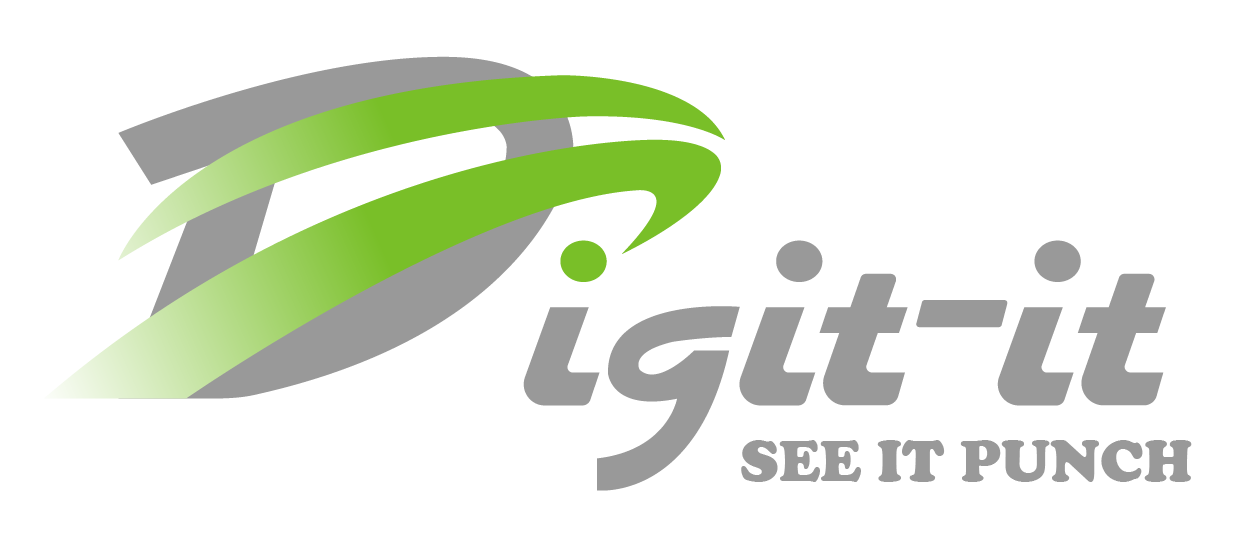Embroidery tattoo artistry has revolutionized the world of body ink, blending the intricacies of stitch work with the creativity of tattooing. This embroidery-like art tends to steal away your attention span and leave you mesmerized. In this blog, we will discuss the fascinating world of embroidery tattoos, exploring how they are crafted and showcasing some captivating designs.
For all the tattoo enthusiasts out there, this trend calls for an immediate response, as there is no tattoo work in comparison to this art. The designs give a thread-like texture to the design tattooed on your skin. However, there is no such thing as a needle or a thread. These embroidery tattoo designs leave viewers in a state of awe because of their eye-catching appeal. The embroidery-like tattoo designs are popularly known by the name of stitchwork tattoos.
How to Create Stitch Work Tattoos?
Embroidery tattoos, also known as stitch work tattoos, are a meticulous fusion of tattooing techniques and intricate patterns reminiscent of embroidery. The color blend involved in these stitchwork tattoos is unrivaled, and no existing tattoo style can match the caliber of embroidery tattoos.
Let’s learn about the process behind the creation of these stunning pieces of body art:
Conceptualization
Before the tattooing process begins, the artist collaborates with the client to conceptualize the design. This involves discussing the desired embroidery elements, such as stitches, patterns, and textures. These concepts are purely dependent on the input of the clients. However, tattoo artists can suggest some of their own experiences and concepts as well. It’s a collaborative effort to bring the conceptualization of embroidery tattoos to life.
Design Adaptation
After finalizing the concept, the tattoo artist adapts the design to suit the contours of the client’s body. They plan how the embroidery elements will flow across the skin, ensuring an efficient integration of tattoo and anatomy. Keeping in mind the overall anatomy of the body, the artist creates a certain tattoo map before actually beginning the process. This is one of the most important steps when getting stitch-work tattoos.
Tattooing Technique
Unlike traditional tattooing methods that rely solely on ink, embroidery tattoos employ specialized techniques to mimic the appearance of stitches. Artists may use varying needle sizes, depths, and angles to create the illusion of thread weaving through fabric.
Layering and Dimension
To enhance the realism of embroidery tattoos, artists skillfully layer different ink shades to mimic the depth and dimension of stitched patterns. This meticulous layering technique adds a tactile quality to the tattoo, making it appear as though it’s crafted from actual fabric. Artists that work with stitched art are supremely talented when it comes to applying the finishing touches to the art. The tattoos portray a real-like image, where we cannot easily identify whether it is tattoo ink or an actual thread wrapped in your skin.
Customization and Personalization
Embroidery tattoos offer a unique opportunity for customization and personalization. Clients often collaborate closely with their tattoo artists to create designs that reflect their individual style, personality, and preferences. Whether it’s incorporating meaningful symbols, integrating elements from traditional embroidery patterns, or adding personal touches, the possibilities for customization are endless. Tattoo artists work closely with clients to bring their vision to life, ensuring that each embroidery tattoo is a one-of-a-kind masterpiece that holds special significance for the wearer.
Do Embroidery Tattoos Use Thread?
Embroidery tattoos do not actually use thread in the traditional sense. Instead, tattoo artists employ specialized techniques and ink to replicate the appearance of embroidery stitches on the skin. These techniques involve intricate line work, shading, and stippling to mimic the texture and dimension of embroidered patterns. While the end result may closely resemble the look of embroidered thread, it is achieved entirely through tattooing methods.
Do Embroidery Tattoos Hurt?
Yes, embroidery tattoos, like any other tattoo, can cause discomfort or pain during the tattooing process. The level of pain experienced varies from person to person depending on factors such as pain tolerance, the location of the tattoo, and the individual’s overall sensitivity.
Areas with less flesh and more bone, such as the ribs or sternum, tend to be more painful, while areas with more muscle and fat, like the upper arm or thigh, may be less intense. However, many individuals find the pain manageable, often describing it as a sensation similar to scratching or scraping.
Embroidery tattoos offer a captivating blend of artistry and symbolism, allowing individuals to express themselves through intricately crafted designs. From conceptualization to execution, the process of creating stitch-work tattoos requires skill, creativity, and attention to detail. Whether you’re drawn to the timeless elegance of floral motifs or the bold complexity of geometric patterns, embroidery tattoos offer a unique way to adorn the body with meaningful art.





